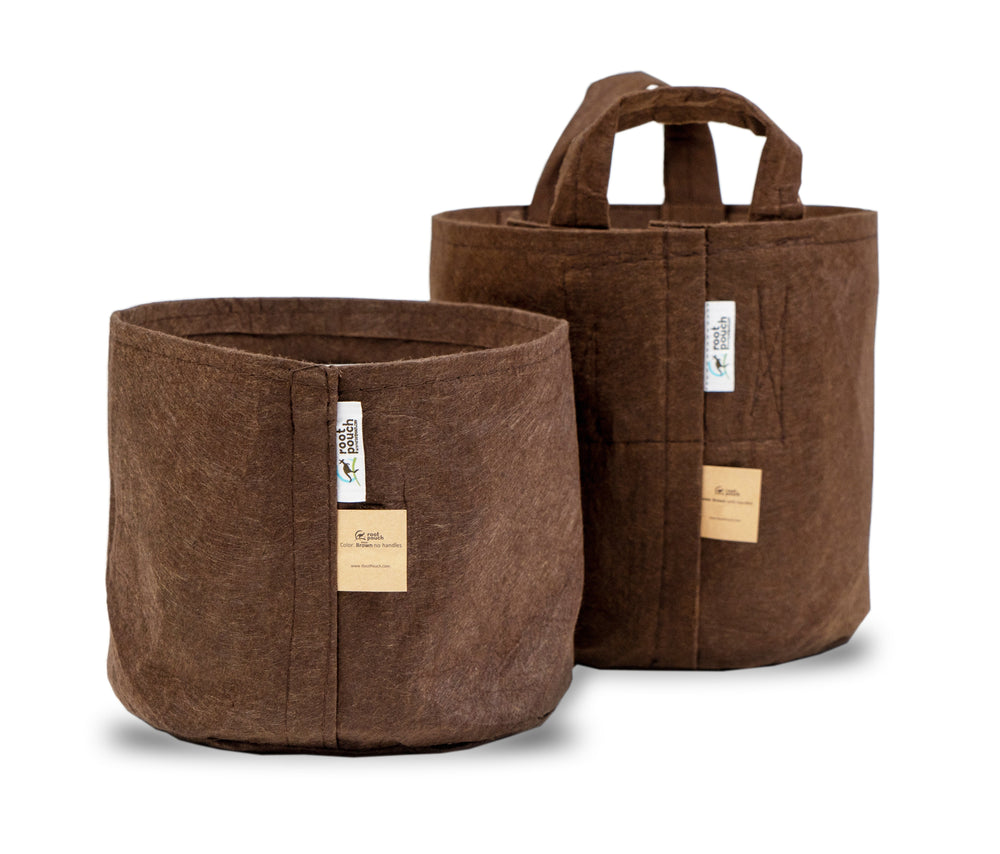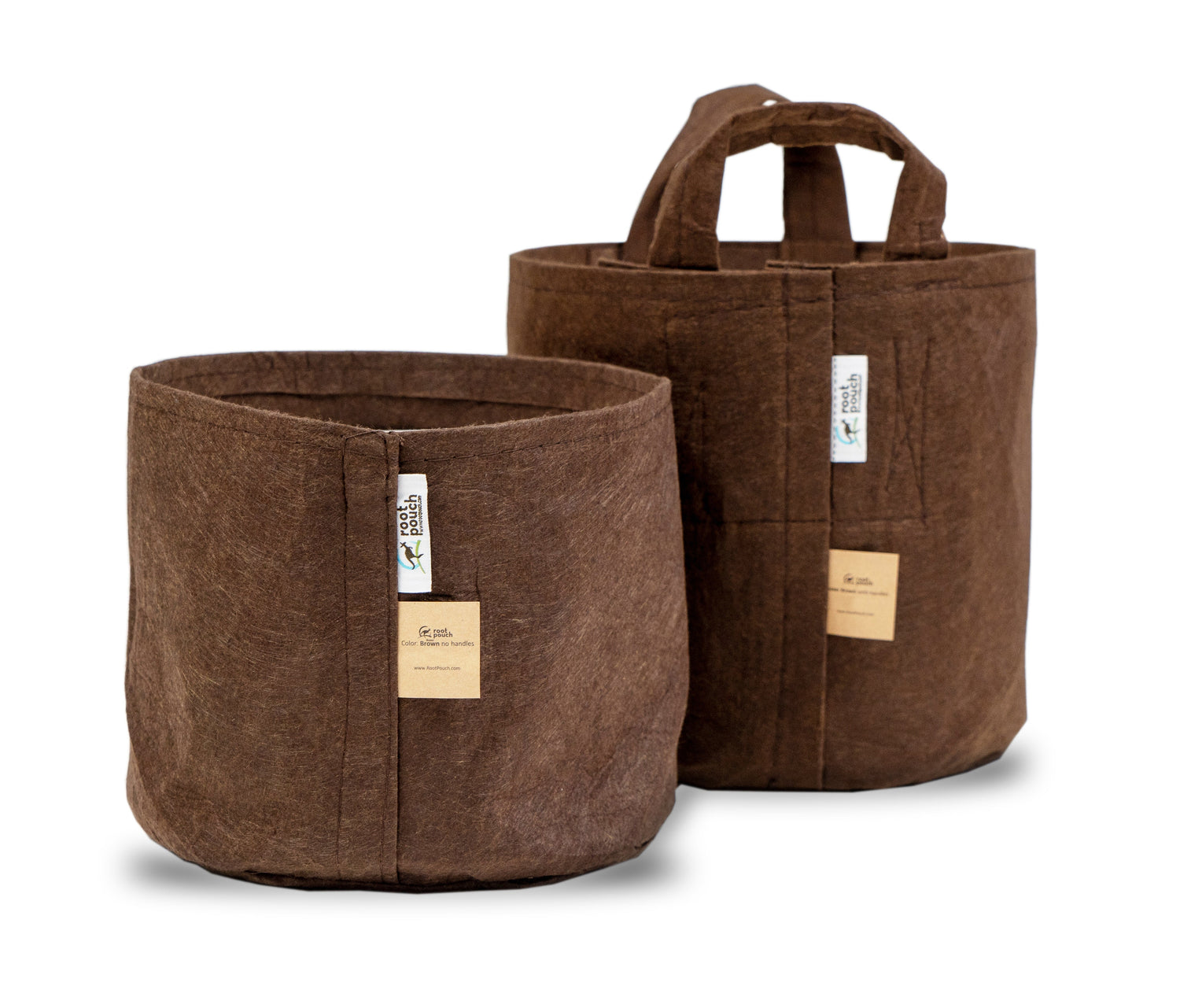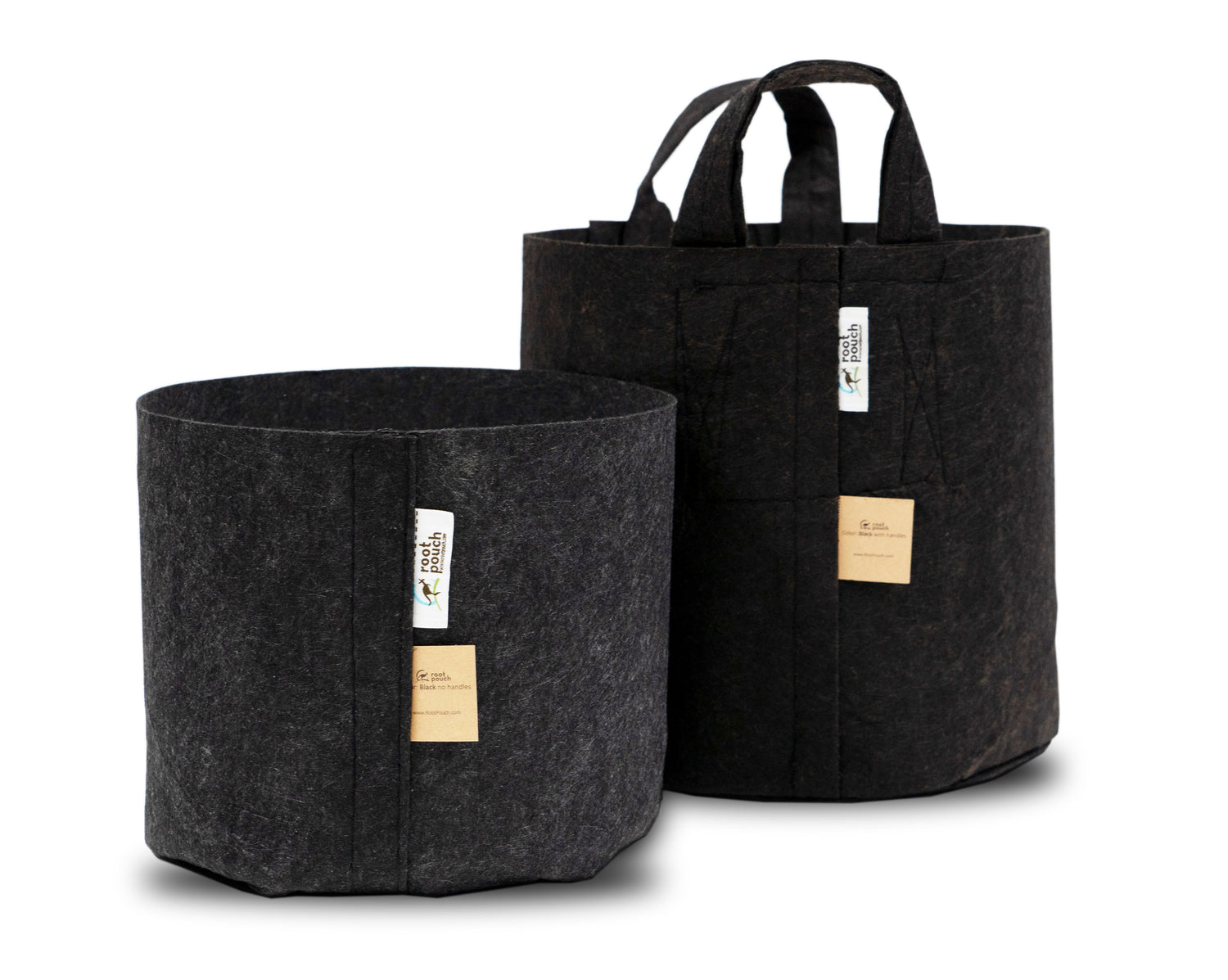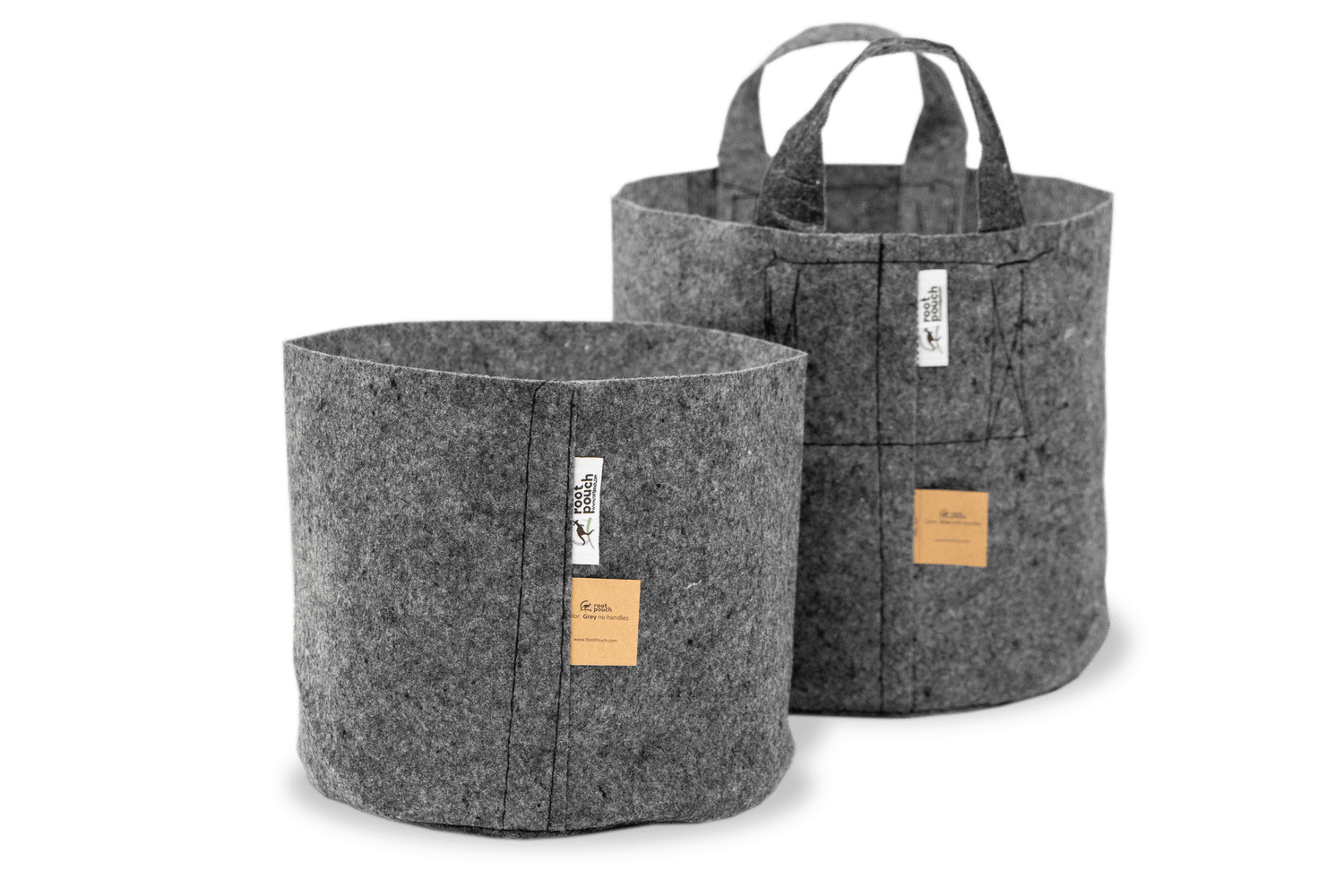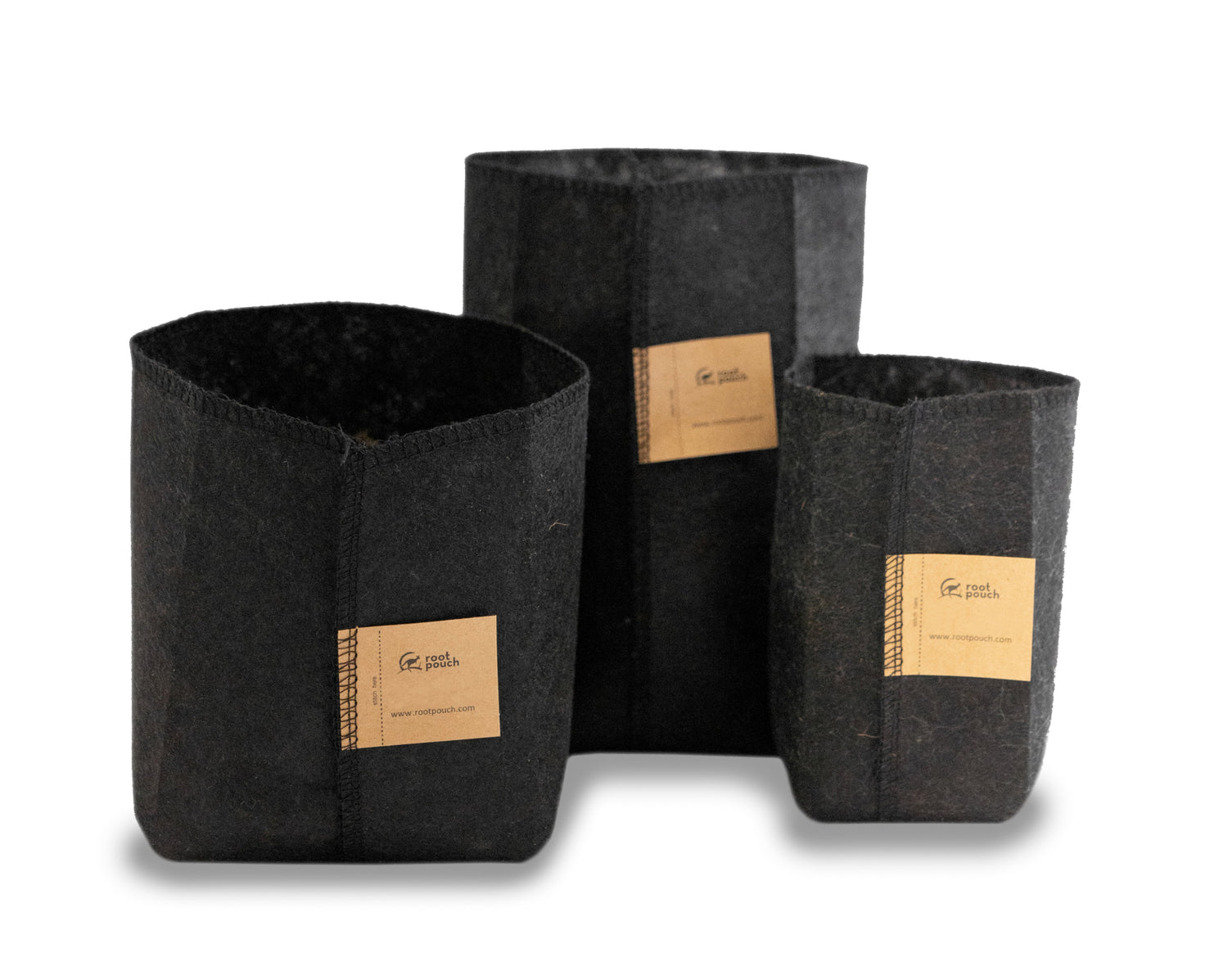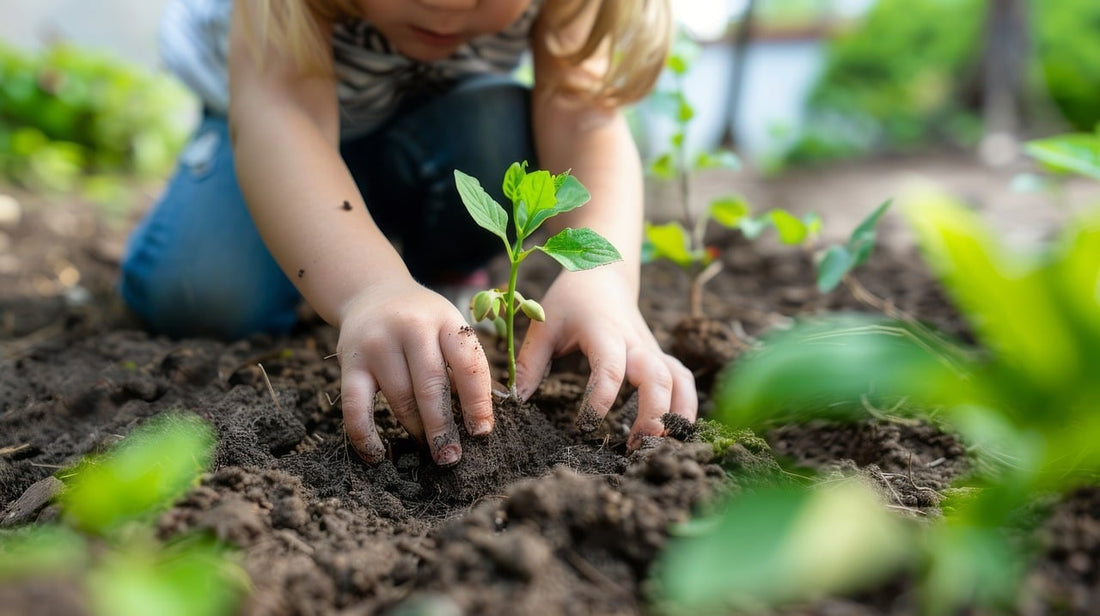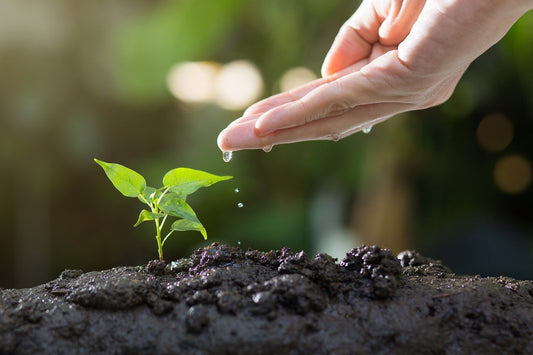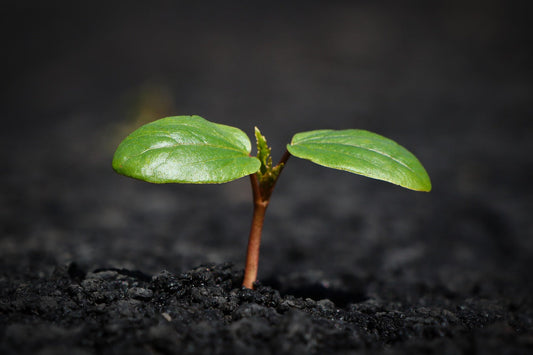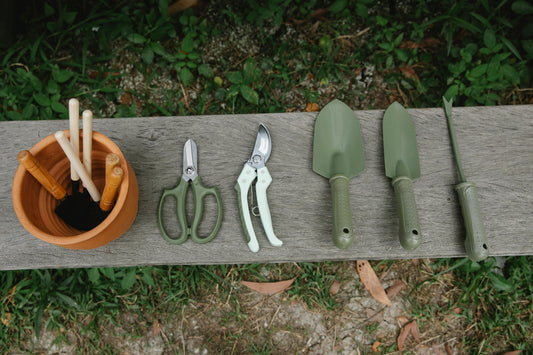Container gardening has long been a favourite for urban dwellers, balcony growers, and anyone short on space. But in 2025, this timeless practice has seen an eco-friendly makeover. With sustainable living at the forefront of people’s minds, the question isn't just what you’re growing—it's how. This week, we're diving into the world of sustainable container gardening, exploring how to cultivate lush, thriving plants while caring for the planet.
Why Choose Sustainable Container Gardening?
Traditional gardening methods often rely on single-use plastic pots, chemical fertilisers, and unsustainable practices. Over time, these materials contribute to plastic pollution, soil degradation and resource depletion.
Sustainable container gardening flips this narrative by prioritising eco-friendly alternatives, like reusable grow bags, organic soil amendments, and natural pest control. It allows growers to reap the benefits of fresh produce and beautiful plants while reducing their environmental impact.
Not only is it better for the planet, but it's also practical for small spaces, requires less water, and gives you more control over your plant’s growing conditions. Plus, with innovations like Root Pouch fabric grow bags, you can take your gardening game to the next level, ensuring healthier plants while reducing waste.
How to Start Your Sustainable Container Garden
If you’re new to the concept, don’t worry! Here’s how to create your eco-friendly container garden in just a few steps.
1. Choose the Right Containers
Plastic pots may be cheap, but they come at a high environmental cost. Instead, opt for sustainable options like:
- Fabric grow bags: Root Pouch grow bags are an ideal choice, made from recycled plastic bottles combined with natural fibres. They’re breathable, durable, and available in various sizes for anything from herbs to small trees. Bonus: They help prevent root circling, encouraging healthier, more productive plants.
- Repurposed containers: Old buckets, wooden crates, or even tins can be transformed into charming plant homes. Just ensure they have adequate drainage.
2. Invest in Quality Soil
Healthy soil equals healthy plants. But instead of purchasing synthetic, pre-packaged potting mixes, aim for:
- Organic soil blends: These are free from synthetic chemicals and promote biodiversity in the soil.
- DIY compost: Use kitchen scraps, garden clippings, and fallen leaves to create nutrient-rich compost at home.
- Coconut coir: This sustainable alternative to peat moss retains water while improving soil aeration—perfect for container gardening.
3. Think About Watering
Water is a precious resource, so sustainable gardeners make every drop count.
- Water-smart containers: Fabric grow bags like Root Pouch naturally drain excess water, preventing soggy roots while retaining moisture in the soil.
- Mulching: Add a layer of organic mulch, such as wood chips or straw, to your containers to slow evaporation.
- Drip irrigation: A simple, efficient watering system ensures your plants get what they need without wasting water.
4. Use Natural Fertilisers
Ditch synthetic fertilisers that can leach into waterways and damage ecosystems. Instead, feed your plants with:
- Homemade compost tea
- Worm castings (vermicompost)
- Seaweed or kelp-based fertilisers
These natural options improve soil health and provide the nutrients your plants need to thrive.
5. Go Organic with Pest Control
Say goodbye to chemical pesticides! Protect your garden with these eco-friendly methods:
- Beneficial insects: Ladybirds and praying mantises are natural predators for common pests like aphids.
- Companion planting: Grow plants like marigolds or nasturtiums alongside your vegetables to deter pests.
- DIY sprays: Garlic or neem oil sprays are effective and safe for organic gardening.
Trending Plants for Sustainable Gardeners in 2025
Not sure what to grow? These plants are ideal for sustainable container gardening:
- Herbs: Basil, parsley, mint, and rosemary thrive in small spaces and are easy to maintain.
- Salad greens: Lettuce, spinach, and rocket grow quickly and can be harvested multiple times.
- Tomatoes and peppers: Compact varieties work well in grow bags and deliver a bountiful harvest.
- Pollinator-friendly flowers: Lavender, cosmos, and sunflowers attract bees and butterflies, supporting local ecosystems.
Why Root Pouch is a Game-Changer for Sustainable Gardening
When it comes to sustainable container gardening, not all grow bags are created equal. Root Pouch stands out because it combines innovation with eco-consciousness.
- Made from recycled materials: Every bag diverts plastic bottles from landfills, giving them a second life as a durable gardening product.
- Breathable fabric: Unlike plastic pots, Root Pouch bags allow air to reach the roots, preventing root circling and promoting healthy growth.
- Versatile sizes: Whether you're growing a few herbs or a small tree, there's a Root Pouch bag for every project.
- Reusable: These grow bags last for years, saving you money and reducing waste in the long run.
By choosing Root Pouch, you’re not just investing in your garden—you’re contributing to a cleaner planet.
Final Tips for Sustainable Gardening Success
- Start small: If you’re new to gardening, begin with a few containers and expand as you gain confidence.
- Rotate crops: Change the plants you grow in each container seasonally to maintain soil health.
- Keep learning: Follow gardening blogs (like this one!) for fresh tips and inspiration.
A Greener Future, One Container at a Time
Sustainable container gardening is more than just a trend—it’s a step toward a greener future. Whether you’re growing tomatoes on your balcony or creating a lush flower display on your patio, every small effort makes a difference.
With tools like Root Pouch grow bags and a commitment to eco-friendly practices, you can create a beautiful, thriving garden while doing your part for the planet. Happy gardening!
